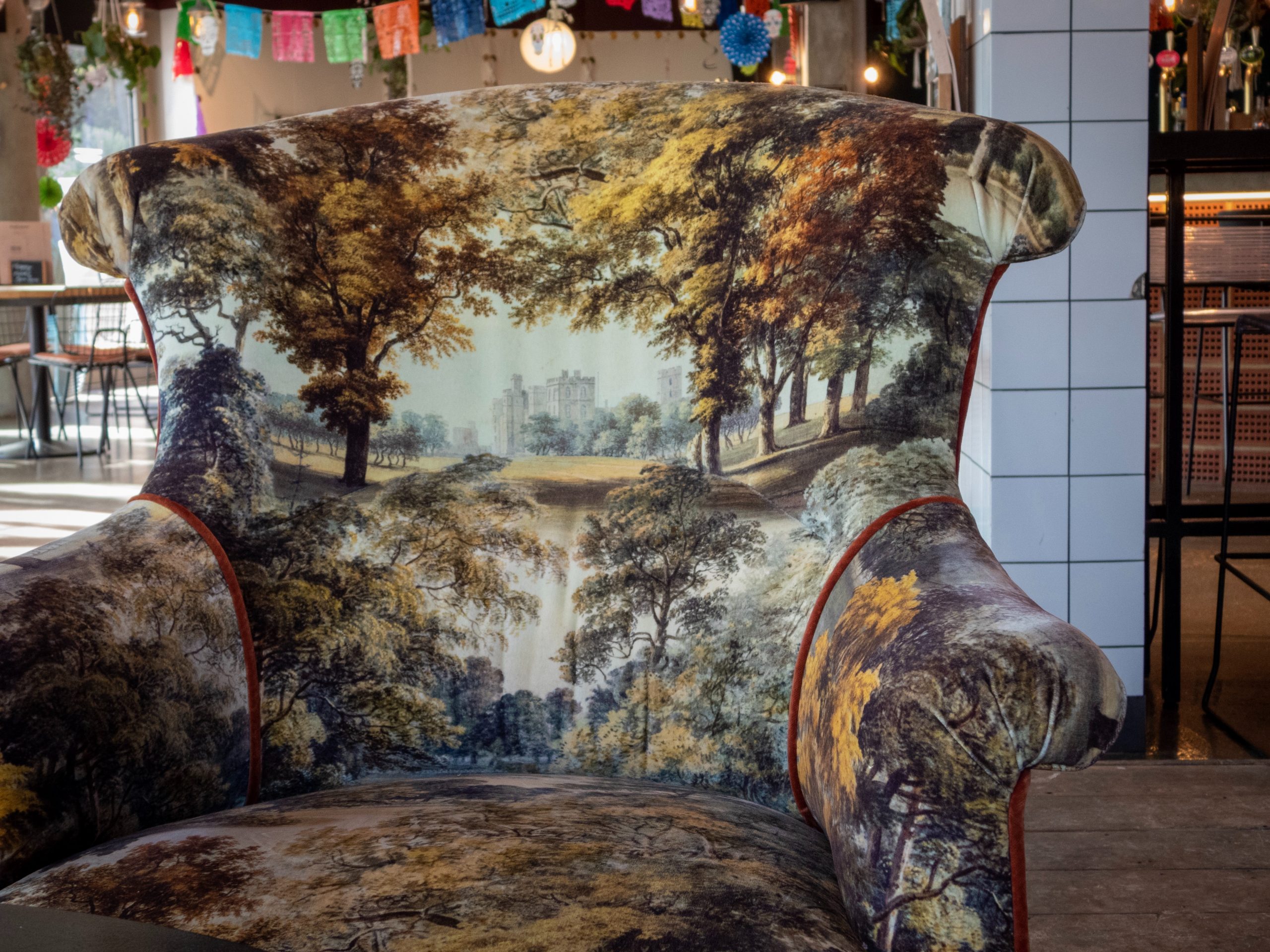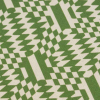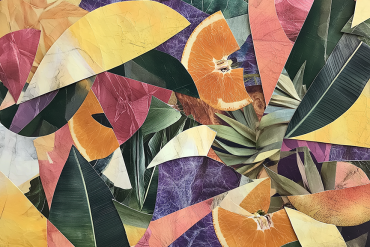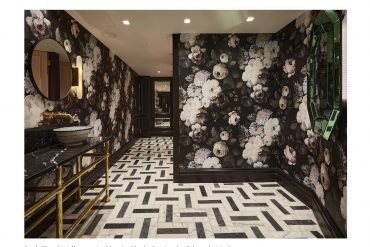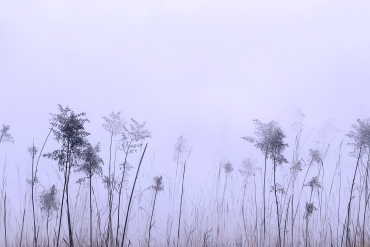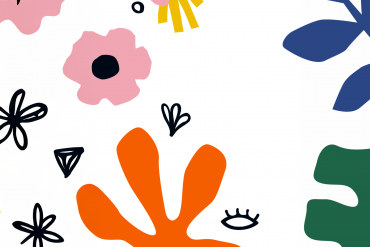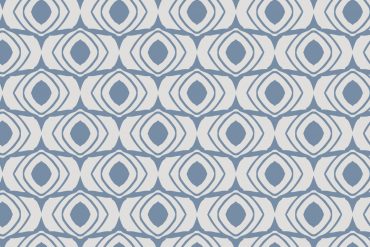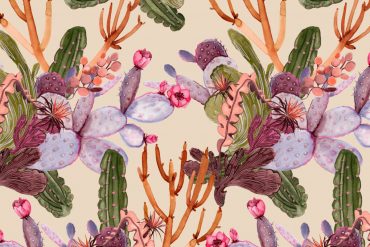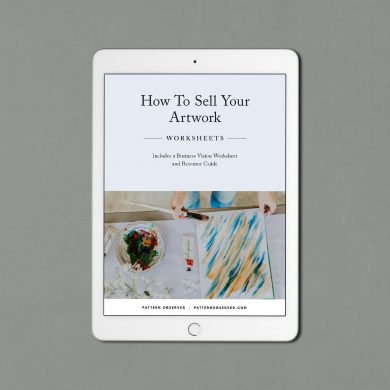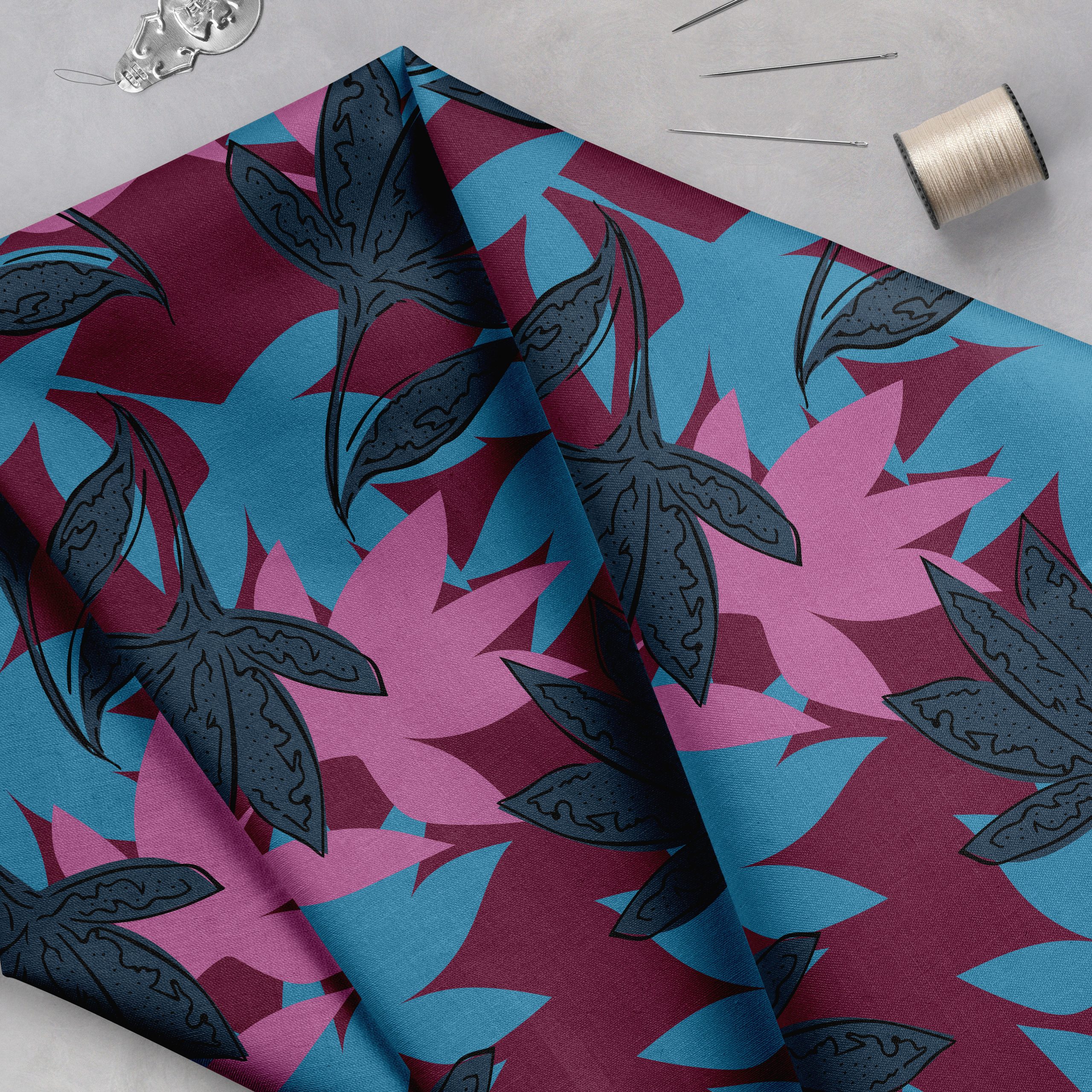Toile has been around seemingly forever; and although their popularity waxes and wanes a bit, they never completely disappear. They’re always there – in your grandmother’s curtains, covering Great Aunt Mavis’s upholstered chair, or even made into your dad’s shirt from the 70s.
Toile, or more properly, Toile de Jouy (meaning, “cloth from Jouy”) is a type of print that is characterised by complex vignettes scattered over the surface of the cloth. Originally, they were scenes carved on woodblocks or engraved on copper, printed in only one colour (often red, black, or blue) onto a white or cream background.
French Toile
To understand the print, it’s also useful to look at the history of the basecloth. Cotton was first imported in France in the 16th century, and quickly became the fabric of choice because it was cheap and easy to look after. Its ever-growing success was such that it began to threaten the local textile industries of wool and silk, and so eventually cotton was banned in 1686, with the ban stayed in force for around 70 years.
Christophe-Phillipe Oberkampf was born during this time and had been working in the family textile business for several years. In 1759 when he heard the ban on imported cotton was going to be lifted, he took the only piece of furniture that he owned – a printing press – and set up business in Jouy-en-Josas outside Paris. There, influenced by Rococo art and its romantic zeitgeist, he joined with engraver and designer Jean Baptiste Huet to design idyllic pastoral scenes for their fabrics. These became immensely popular. The business grew and they began commissioning other designers, and by the time Oberkampf died in 1815, the company had a catalogue of over 30,000 patterns.
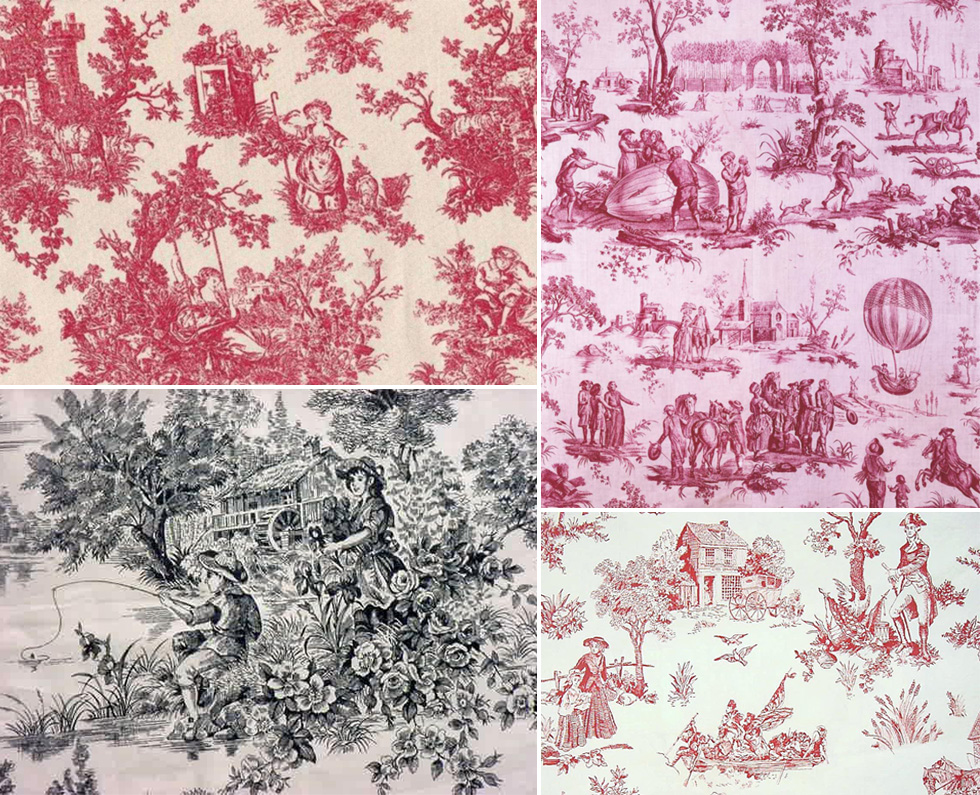
Toile prints were the perfect medium for spreading not only populist themes, but political messages and recording historic events too; one by Huet proudly showed off France’s scientific advancement with scenes from the first hot-air balloon flight in 1784, and other toiles featured images of Colonial expansion with sailing ships landing on tropical islands and negotiating with tribal leaders.
Other printing companies in France, England and America soon followed suit as the popularity of the toile spread.
American Toile
American toiles were distinctive for their use of American themes, and included vignettes celebrating a variety of places and people, such as the American Revolution, Betsy Ross, Benjamin Franklin and Tom Sawyer.
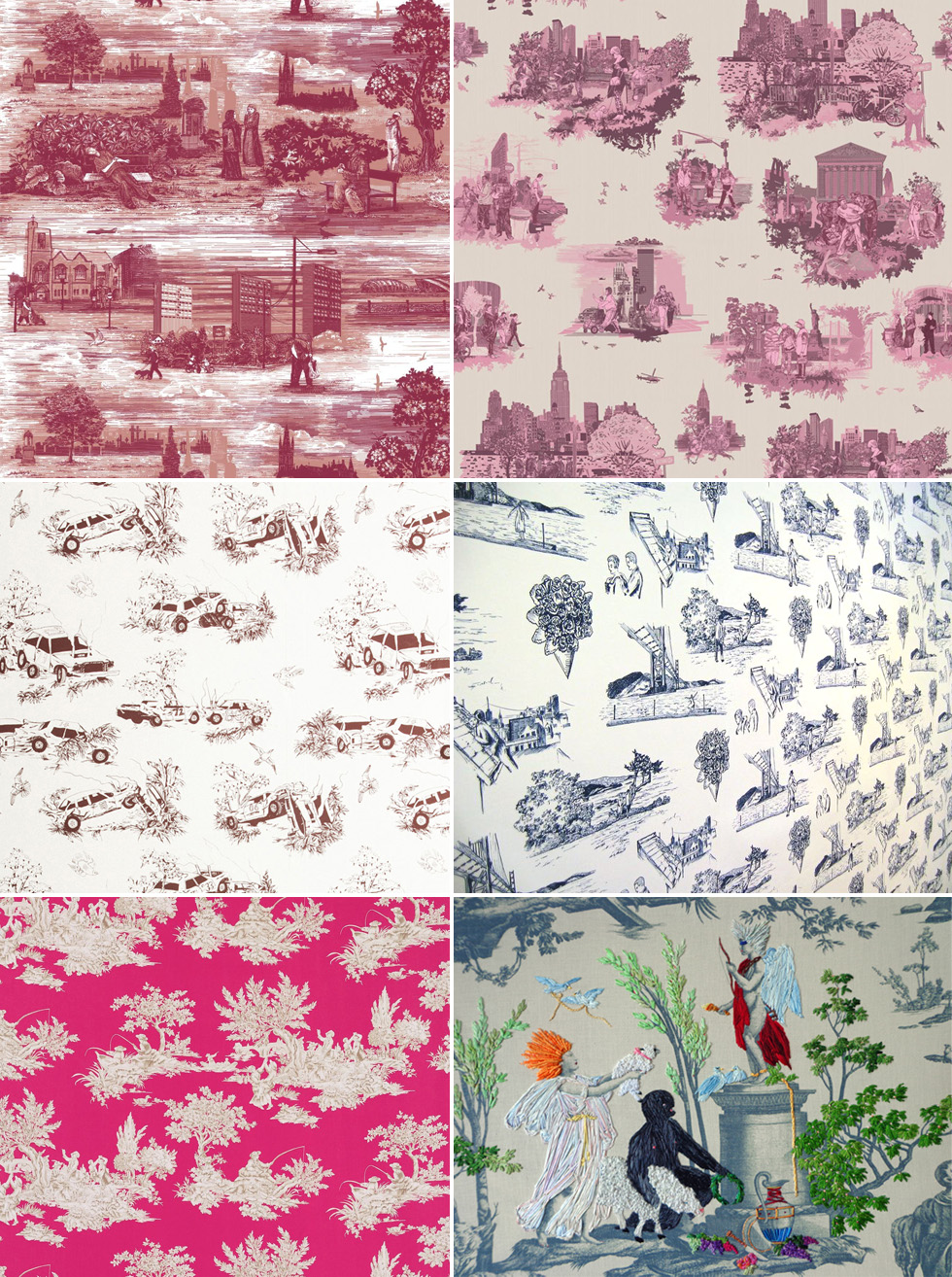
Modern Day Toile
Given its history and format, the toile is the perfect canvas for exploration and subversion by modern-day artists and designers.
I first came across Timorous Beasties a few years back, and was quite taken with their irreverent toiles – scenes from around London, or their home-city of Glasgow – filled with pictures of landmarks to be sure, but also depicting drug deals, prostitutes and shoes hanging from electricity lines. New stories abound from other artists and designers too; one captures scenes from an Alfred Hitchcock movie, and another features a smash-up car derby. Colour is another way designers have been stretching toile, with neon pink and dayglow yellow being used to shout their presence. And last but not least, the artist Richard Saja has been subverting vintage and antique pieces of toile though his wonderful embroideries – adding in spiked hair, clown noses and skull-embellished jackets to create new stories from old.
Series on the history of surface design by Julie Gibbons.

